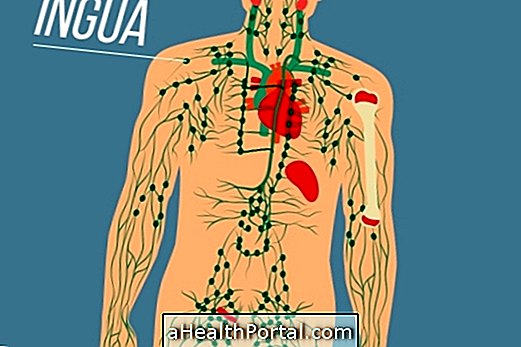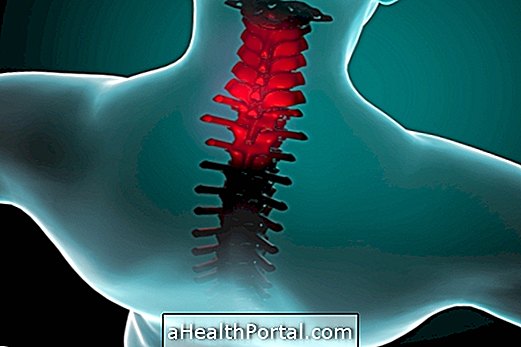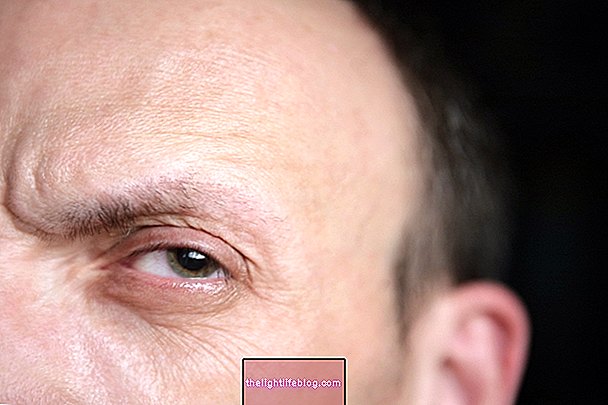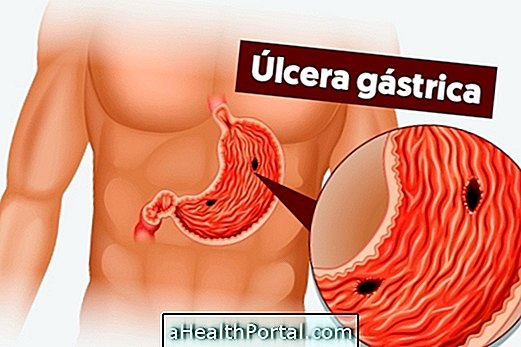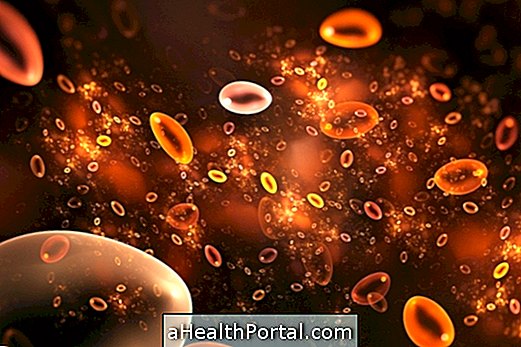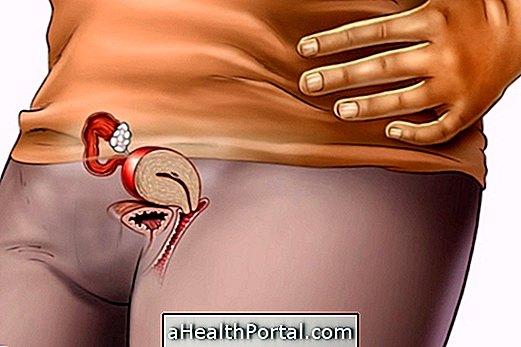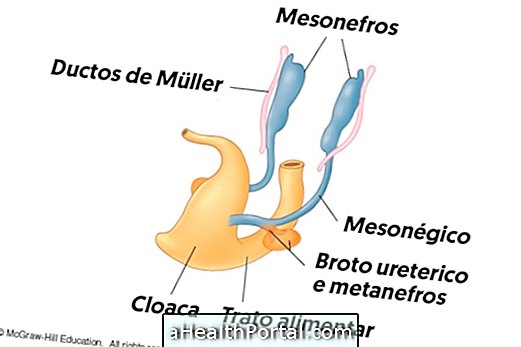Empty saddle syndrome is a problem that arises when the turkish saddle is filled with cerebrospinal fluid due to a herniation into the saddle, which leads to compression of normal pituitary tissue, which may impair the production of some hormones or the functioning of other glands, such as ovaries, testicles or thyroid, for example.
Usually, this syndrome is more frequent in patients with pituitary tumor, who underwent radiotherapy or who underwent surgery to remove a part of the pituitary gland, however, it may also appear from birth due to compression of the pituitary by cerebrospinal fluid.
Empty saddle syndrome rarely causes complications, so in most cases no treatment is needed.
Symptoms of Empty Saddle Syndrome
Symptoms of empty saddle syndrome include:
- Frequent headaches;
- Vision changes;
- Decreased libido;
- Excessive tiredness
In addition, erectile dysfunction may also occur in man with empty Turkish saddle syndrome, as well as absent or irregular menstrual periods in women.
However, the symptoms of empty saddle syndrome are very rare, and it is common for the problem to be diagnosed during an MRI or routine tomography scan.
Treatment for empty saddle syndrome
Treatment for empty saddle syndrome should be directed by an endocrinologist, but is usually only started when the patient has symptoms of major hormone reduction, for example. In these cases hormone replacement is done to ensure normal levels of hormone in the body.
In more severe cases, such as a pituitary tumor, surgery may be necessary to remove the affected part of the pituitary gland and improve its functioning.

